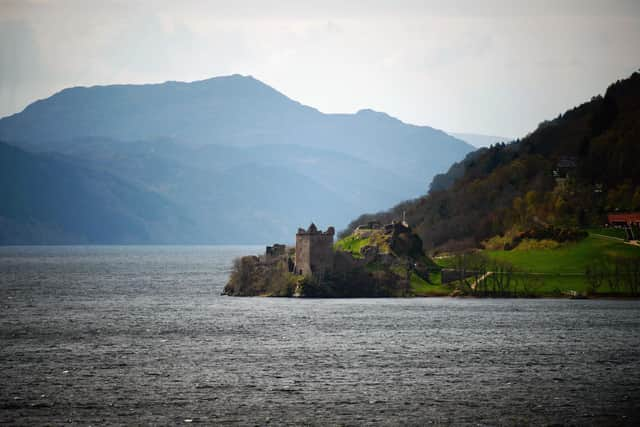Scotland’s historic sites down £10m in visitor income
Income at Scotland’s historic sites was down more than £10 million as the tourism sector continues to battle to recover from Covid.
Visitors’ income peaked at £40.4m in 2019/2020 – the final full year before lockdown was imposed – with latest published figures showing £30.2m was taken on the gates of properties cared for by Historic Environment Scotland in 2022/23.
Advertisement
Hide AdAdvertisement
Hide AdVisitor numbers at staffed sites fell from 5.2 million to 3.3m over the same period.


HES said “strong recovery” was continuing, with the latest figure up almost £19.5m on the year before as tourists – 51 per cent of them from overseas – return to their properties.
Despite the improving picture, HES continues to tackle a number of challenges in its estate, including staff shortages and its high-level masonry repair programme, which restricted access at 70 sites in 2021. Full access has yet to return to 17 sites.
Edinburgh Castle remains the most visited property within the HES estate, with 1.47m visitors recorded in 2022/23. This is down from 2.06m visitors in 2019 – or 28 per cent.
HES said numbers at its most popular locations were now being managed in a different way with ticketing and time slots introduced. The same is true at Urquhart Castle at Loch Ness where visitor numbers are down 31 per cent since 2019.
HES said its recovery since 2021 was in line with other tourism operators as the sector continues to recover from the impact of the pandemic.
A spokesperson said: "While we are continuing to see a good level of recovery across sites, since 2020 our busiest sites have been capped for visitors, with elements including pre-booking slots online to manage capacities at the busiest sites in place, so we are not working to the same model as pre-pandemic.
“HES has implemented a maximum capacity of visitors at our busiest sites, to help manage footfall across the day and to ensure the health and safety of our visitors and staff. These sites include Edinburgh Castle, Doune Castle, Maeshowe Chambered Cairn, Urquhart Castle and Stirling Castle.
Advertisement
Hide AdAdvertisement
Hide Ad"This is in line with a number of other attractions and operators, where pre-booking is standard practice, and supports our responsible tourism commitments.”
Meanwhile, access remains limited at a number of properties as HES continues to work through its high-level masonry inspection and repair programme to deal with the impact of climate change and the legacy of poor repair work carried out in the past.
Now, 53 of these sites have re-opened with four others closed for other conservation repairs, including Rothesay Castle on the Isle of Bute, which is due to re-open in the spring.
Glenluce Abbey in Dumfries and Galloway, Crichton Castle in Midlothian and St Bride’s Church in South Lanarkshire are among the sites that remain closed, although visitors can access the grounds at Crichton Castle.
The inspection and repairs programme accounted for an average of 290 days of closure in 2022/23, but staffing shortages and weather were the most common reasons for closures at individual properties.
Staffing issues were cited in 25 per cent of all closures with HES this year embarking on a mass recruitment programme as the new season approaches. The weather accounted for just under a fifth of all closures.
Comments
Want to join the conversation? Please or to comment on this article.
